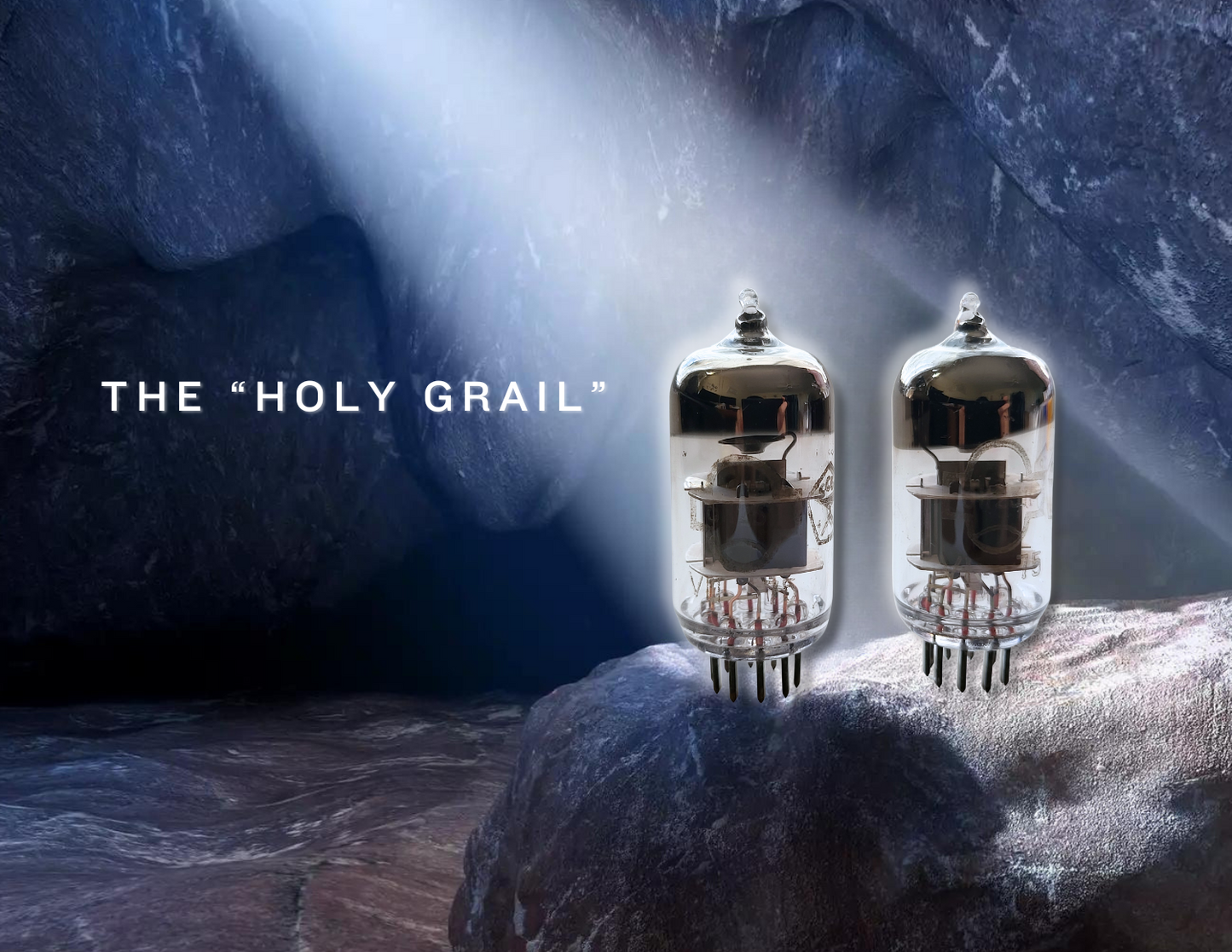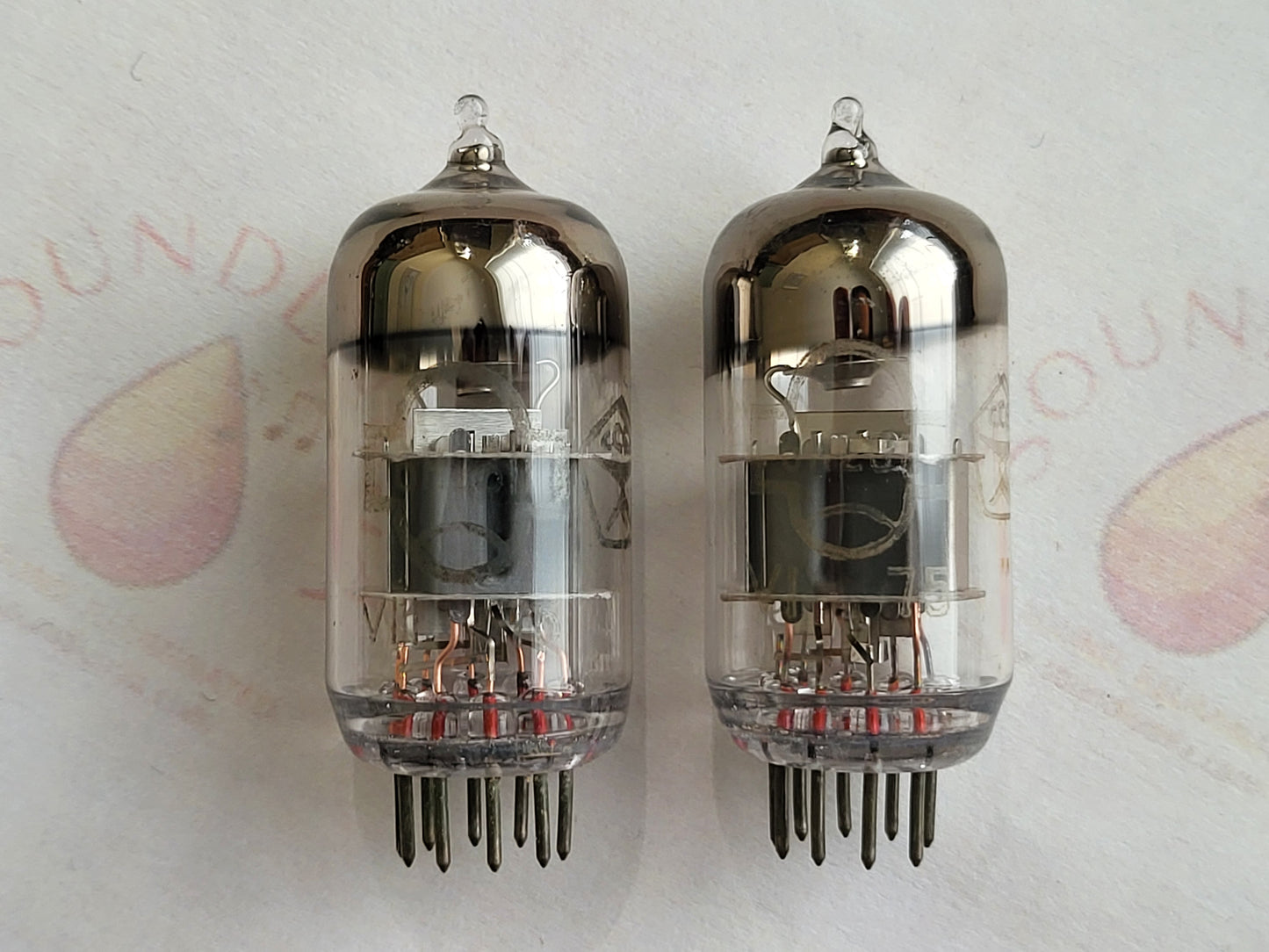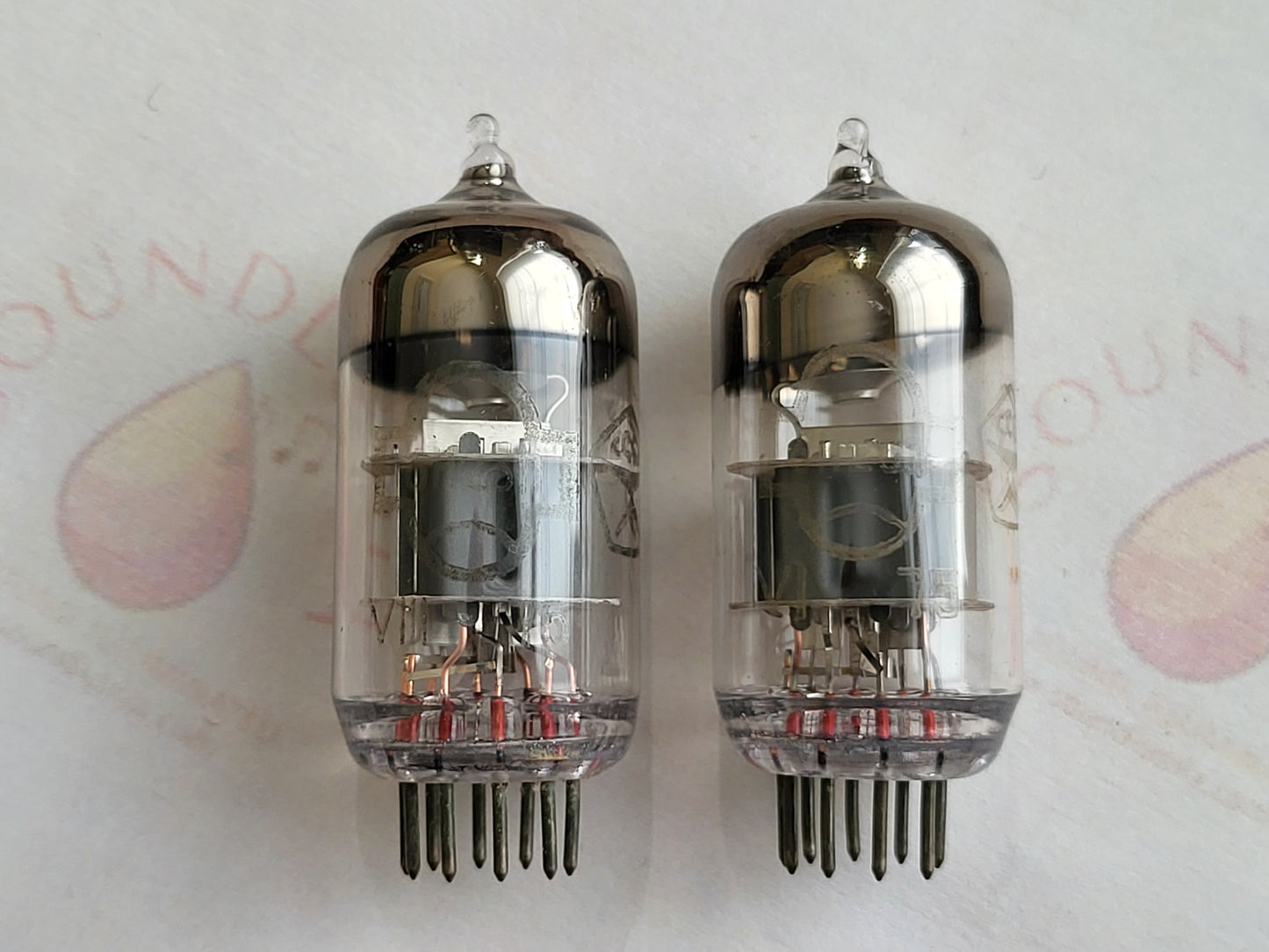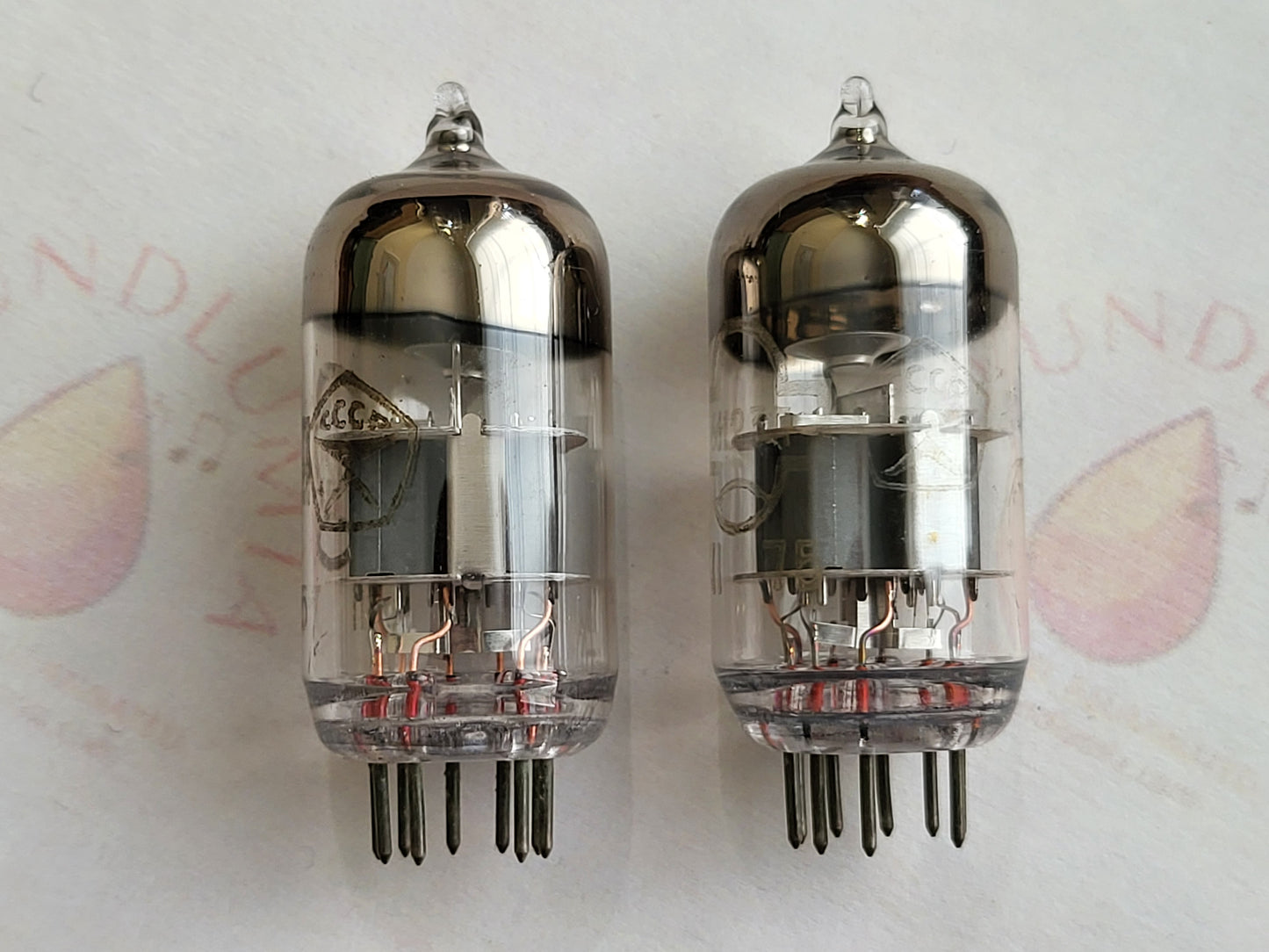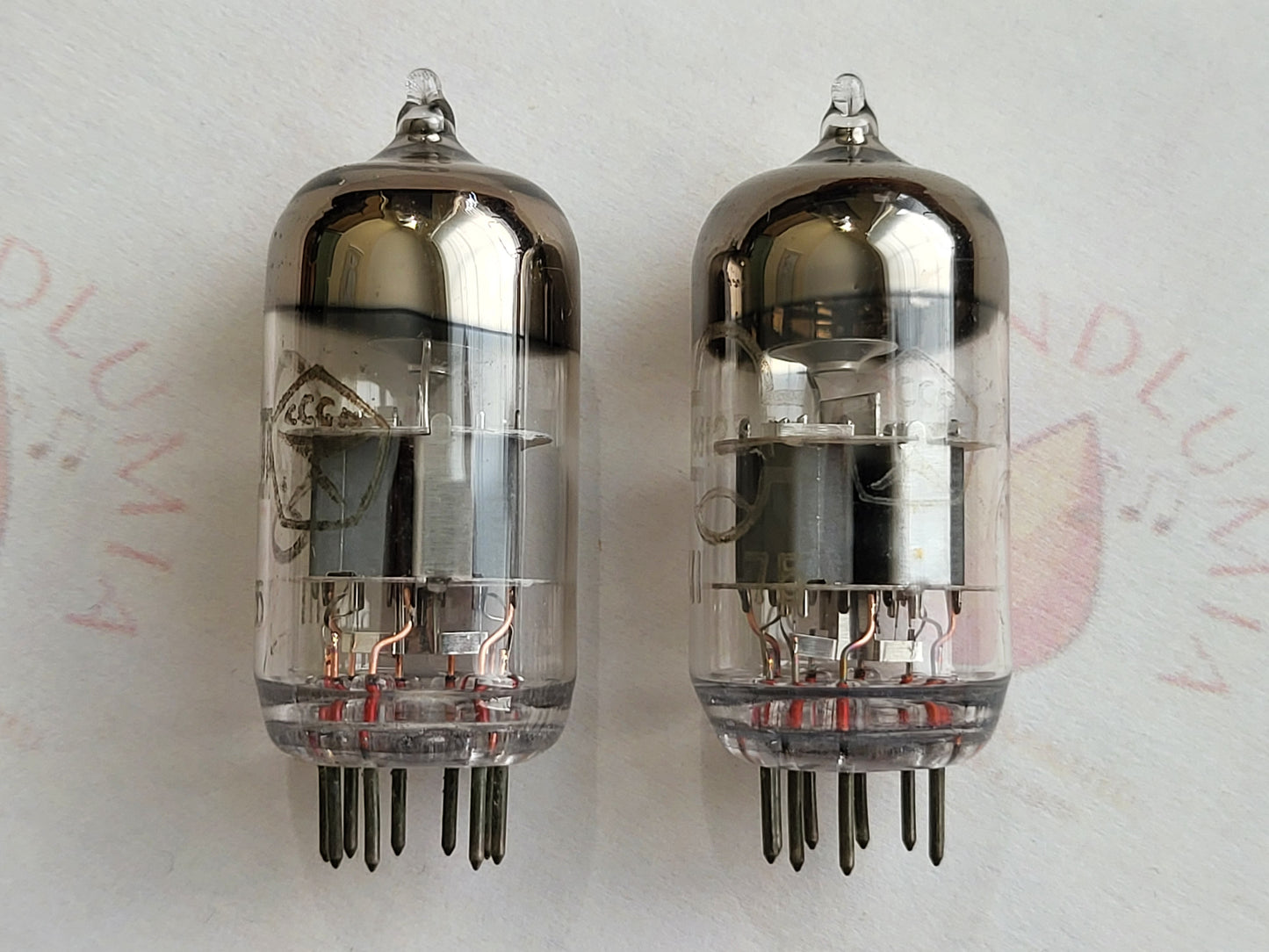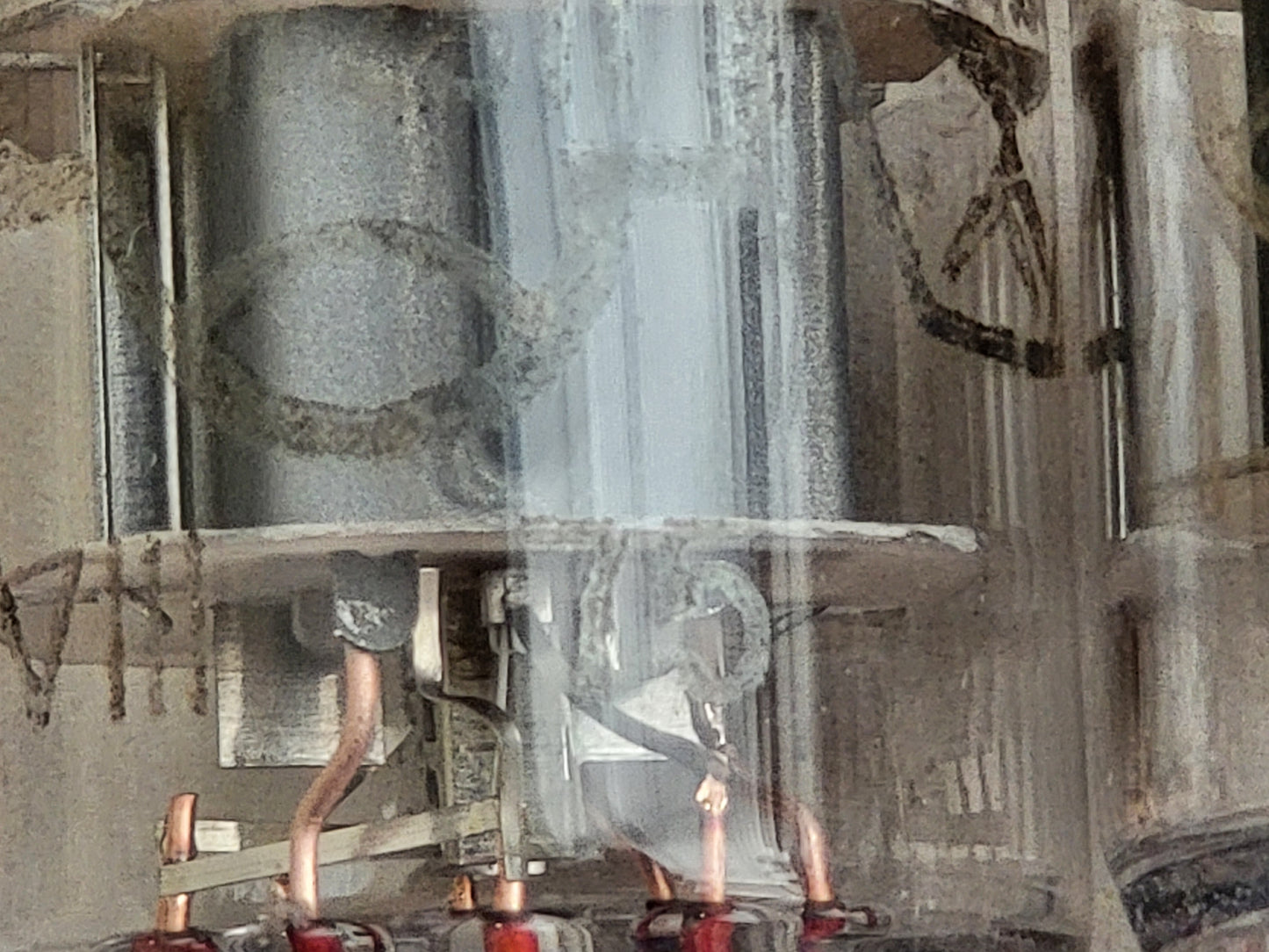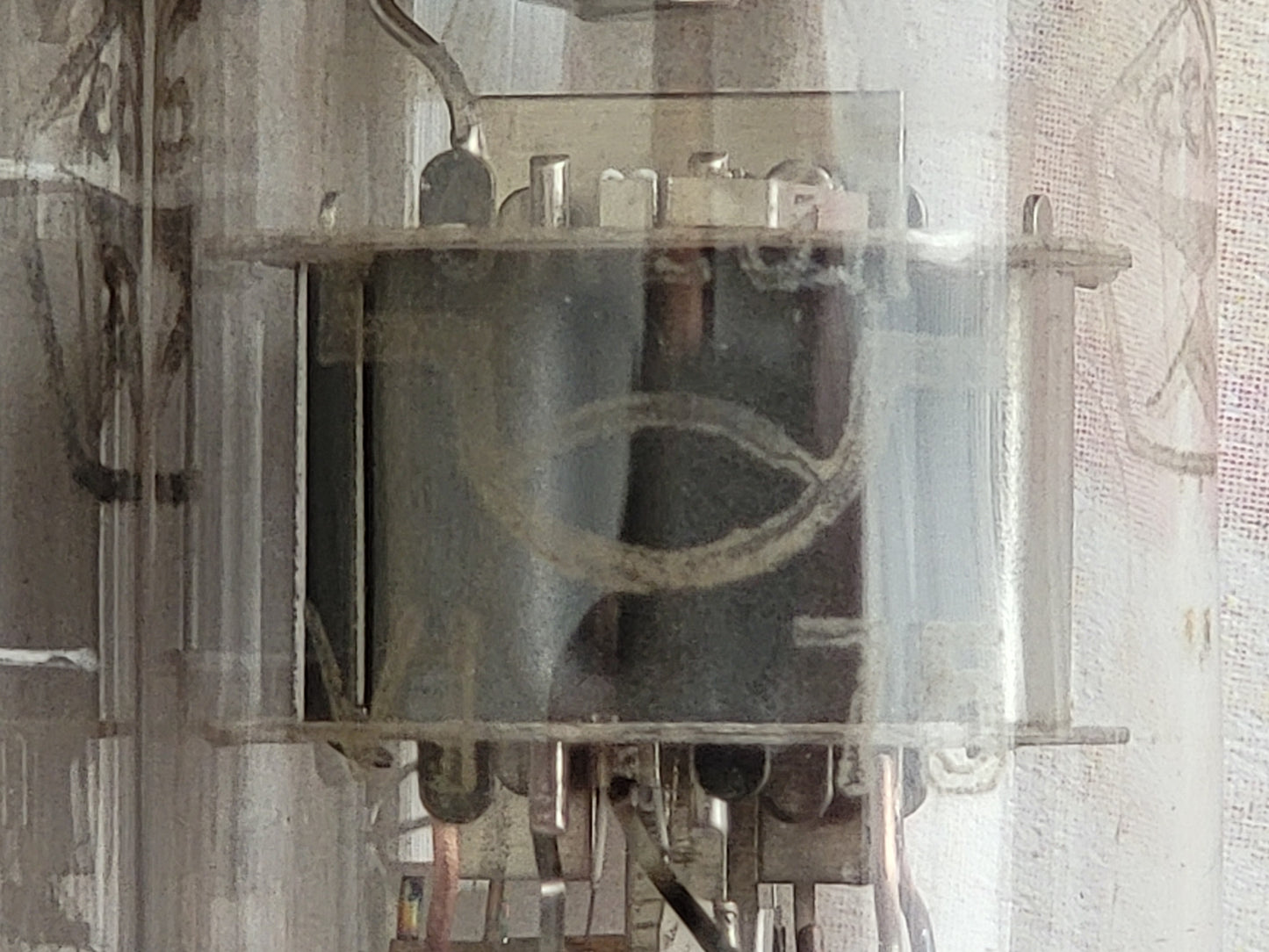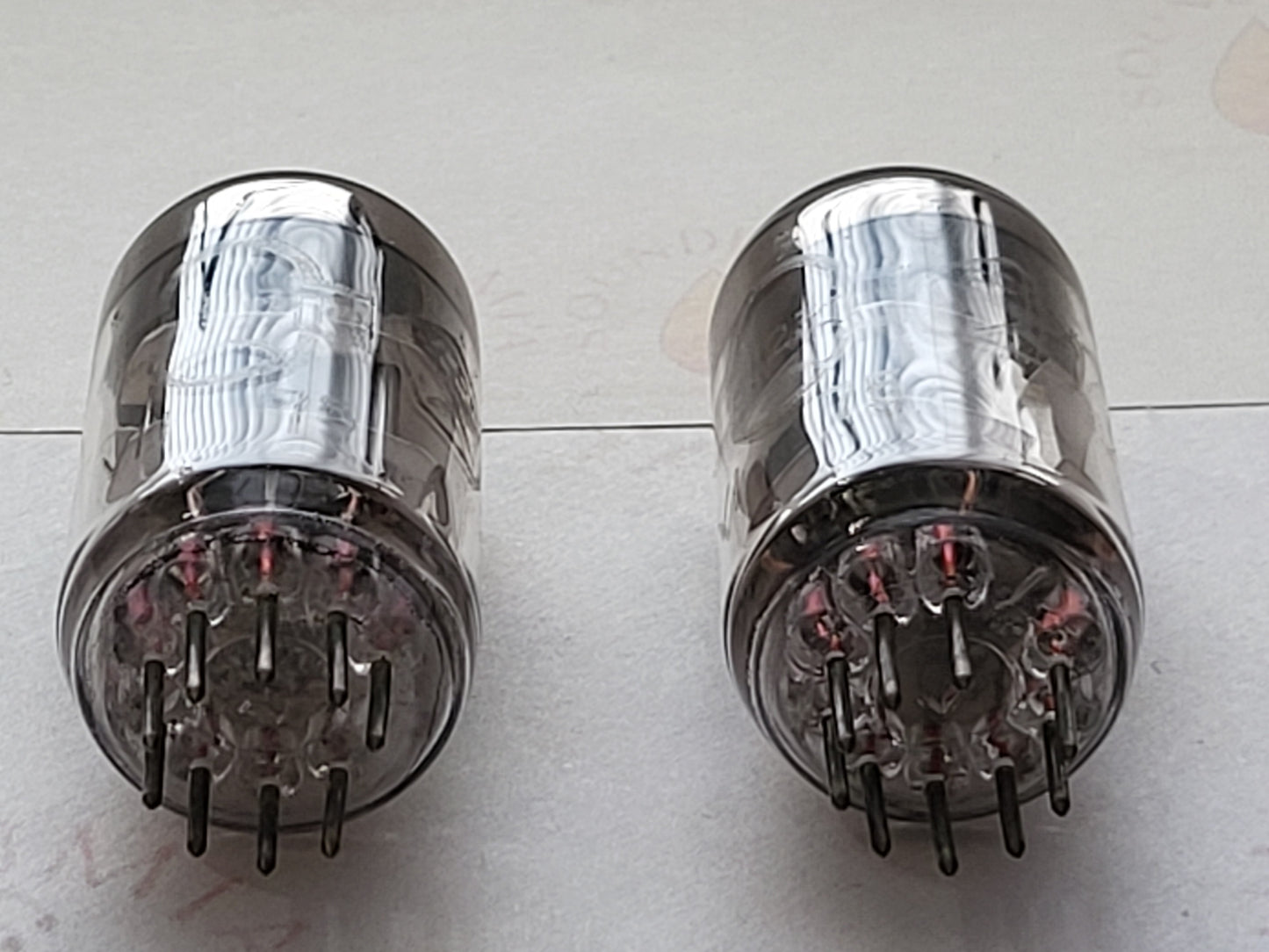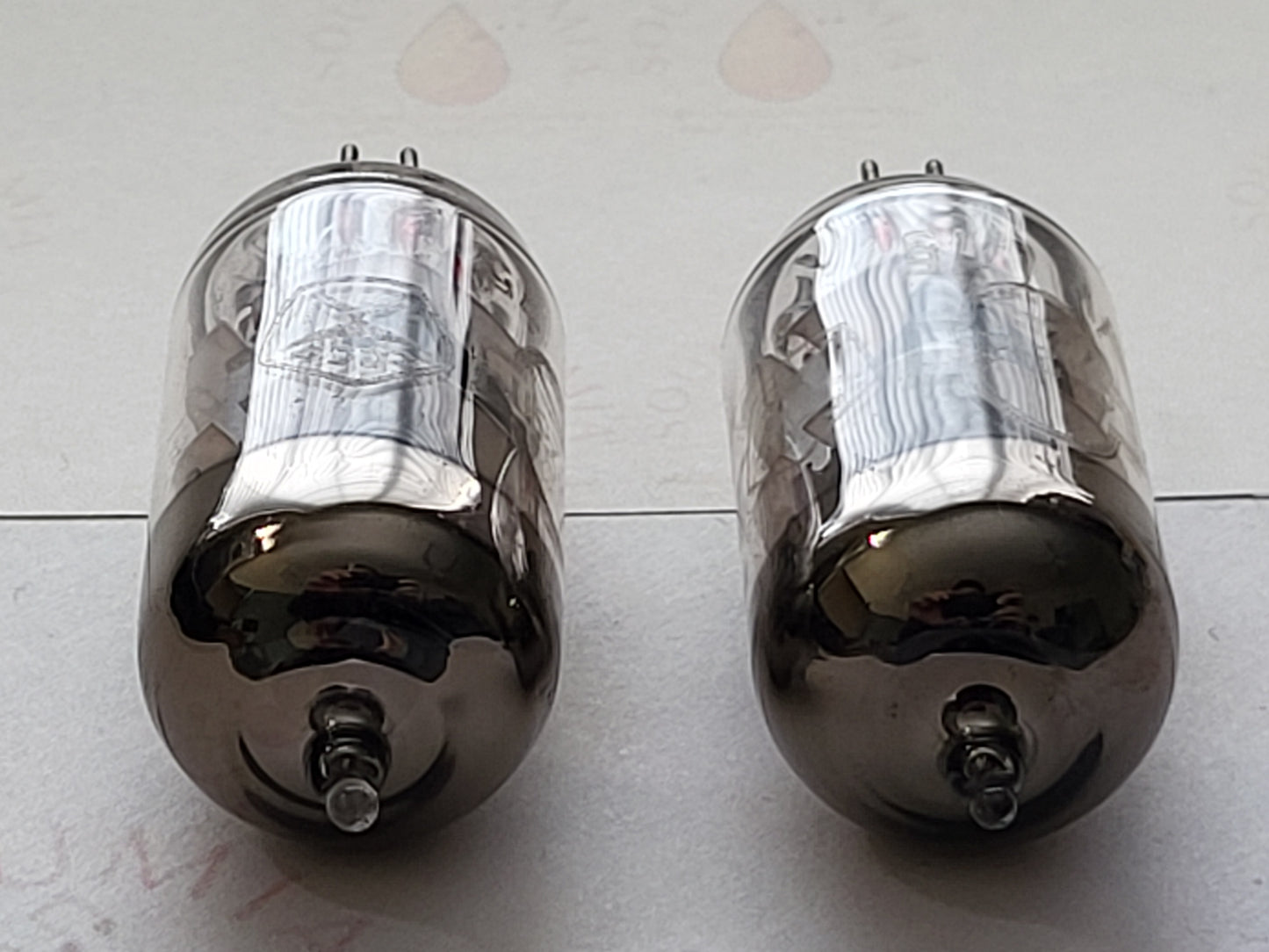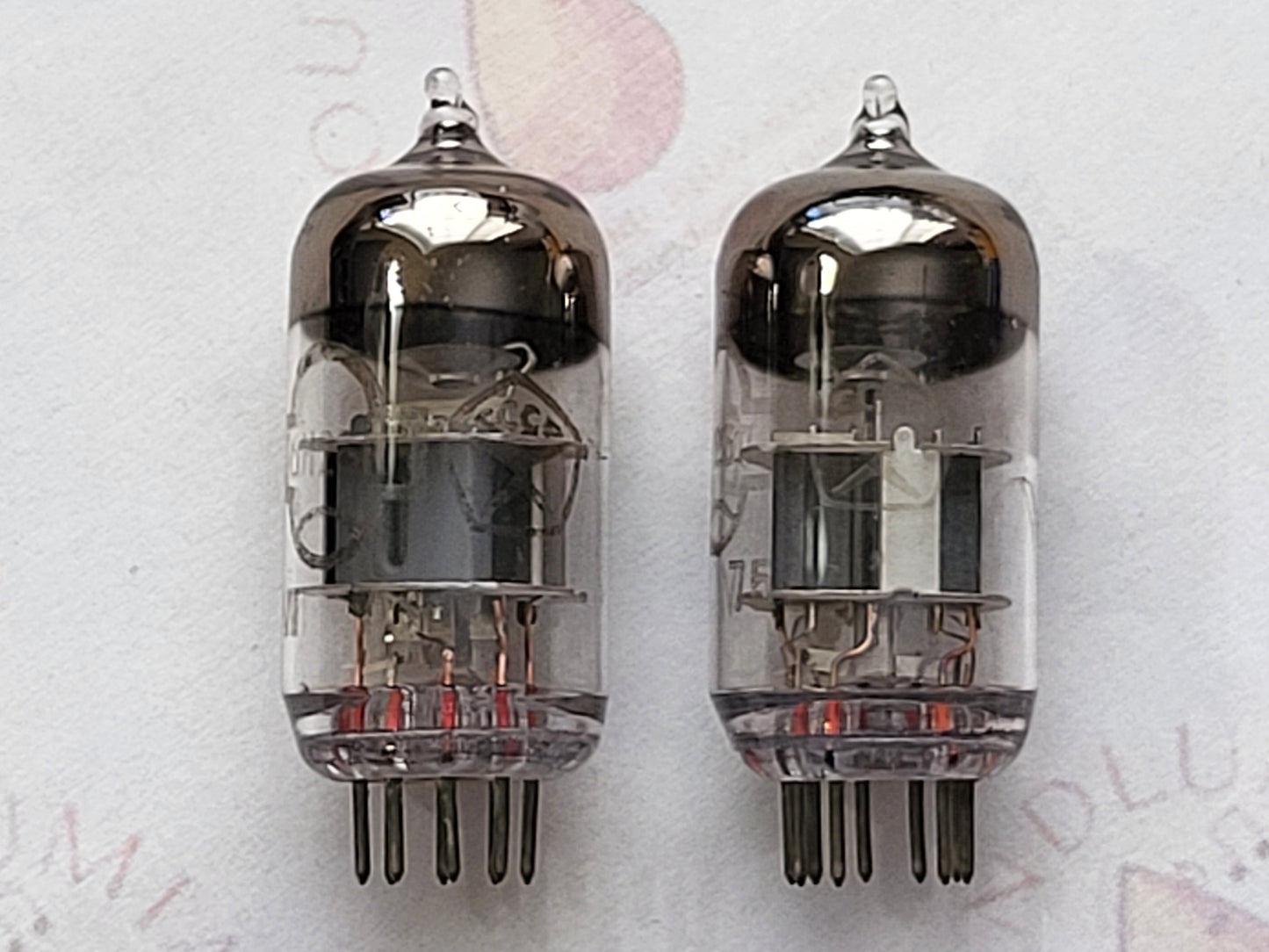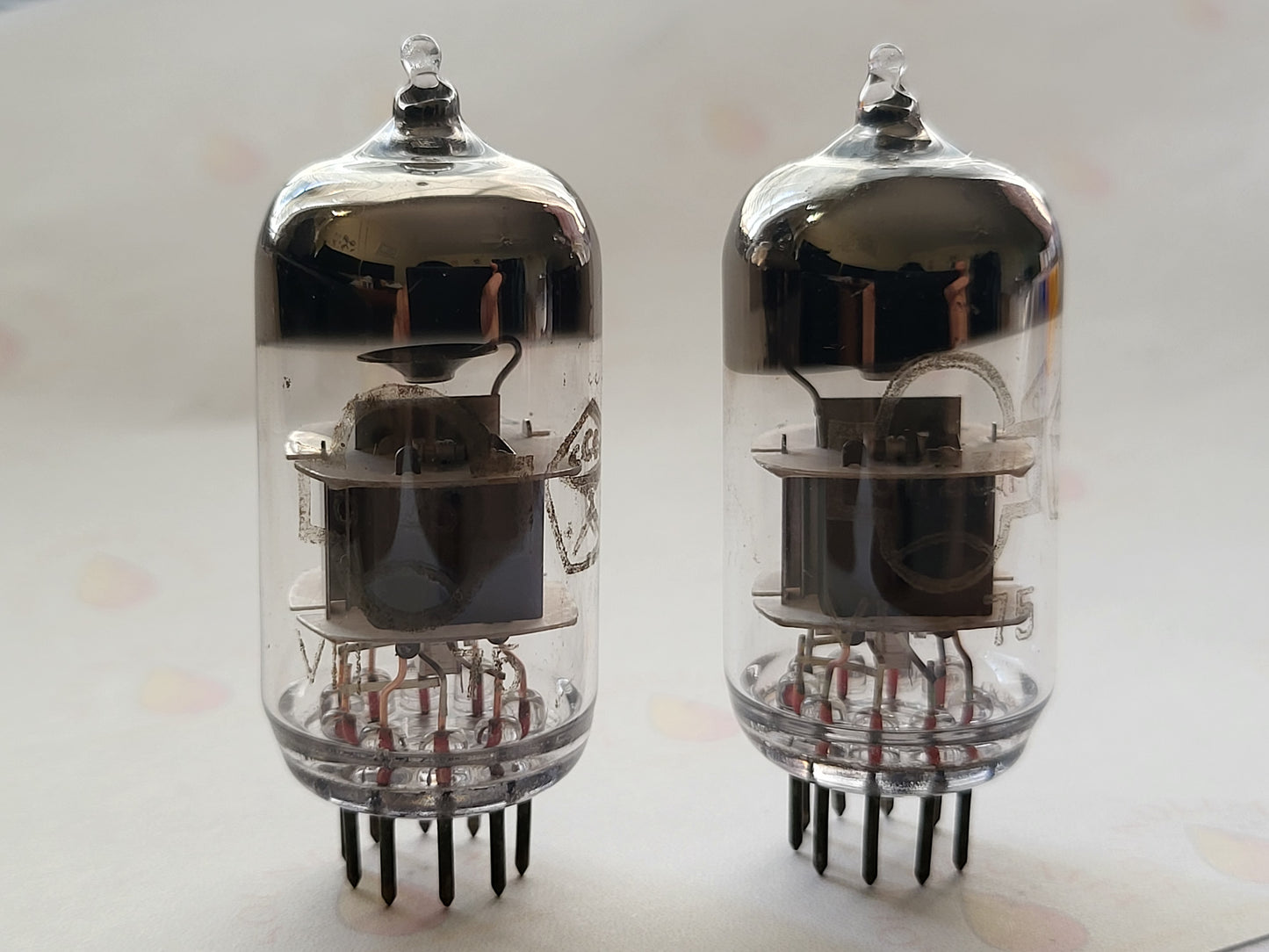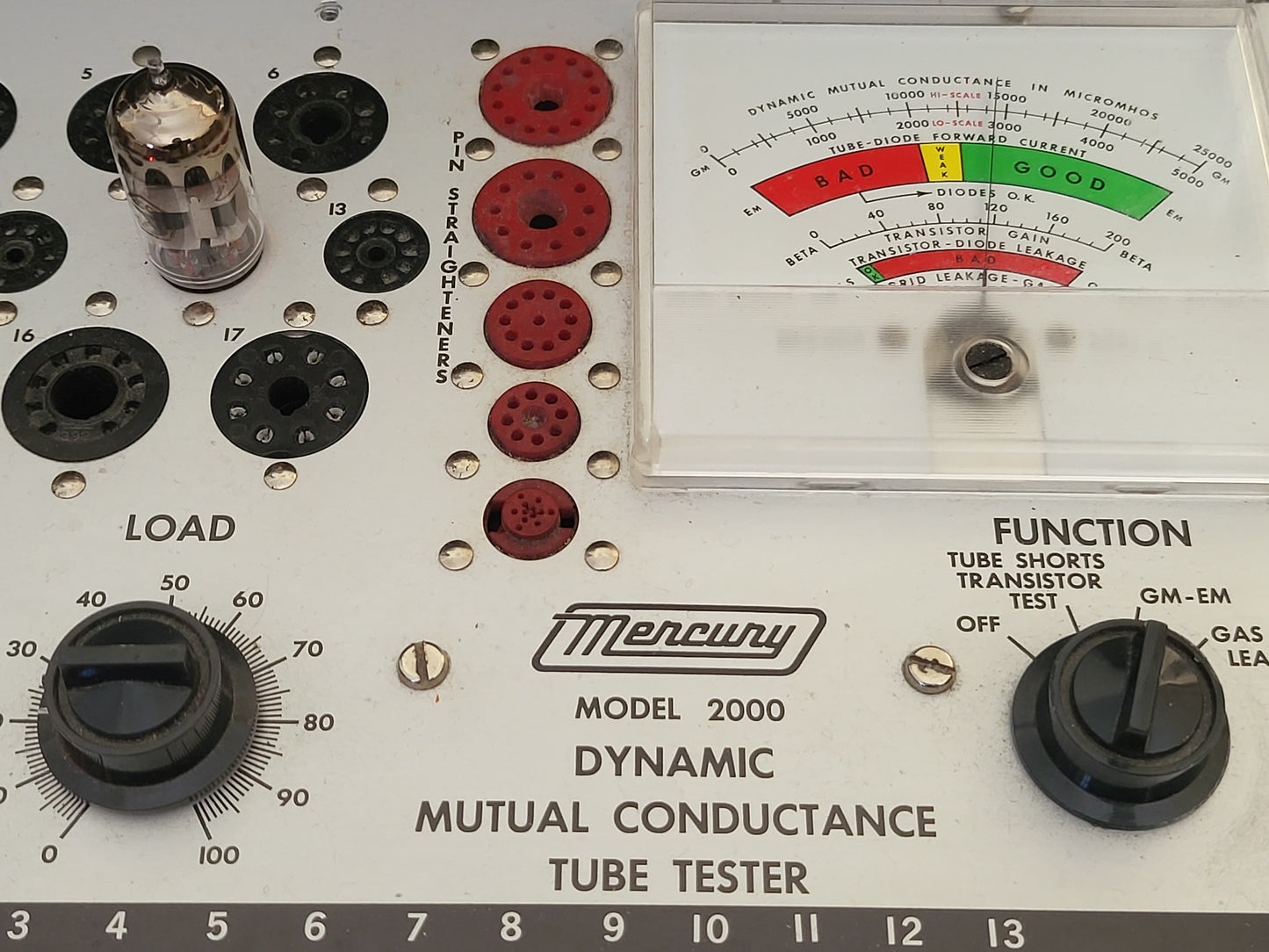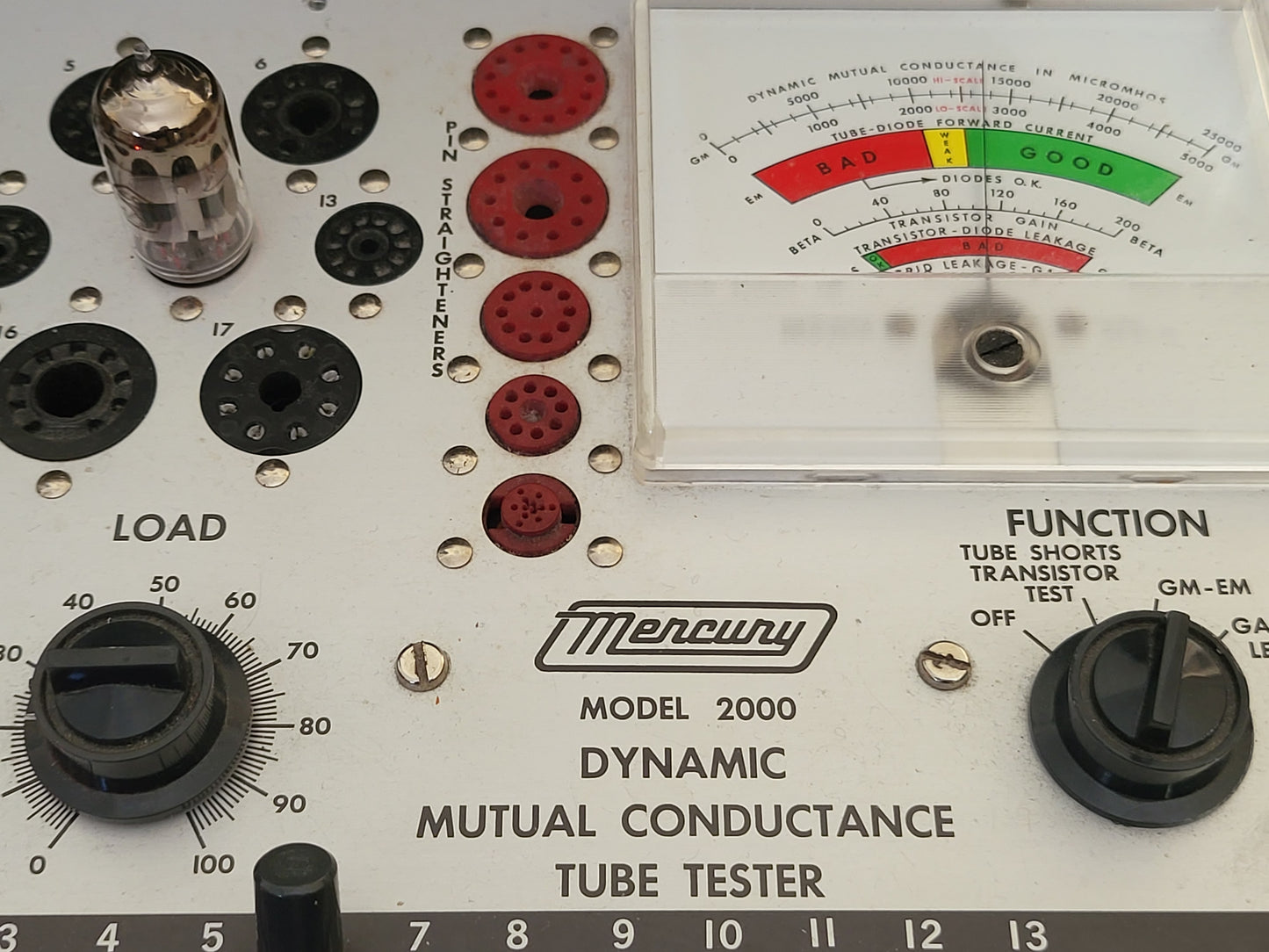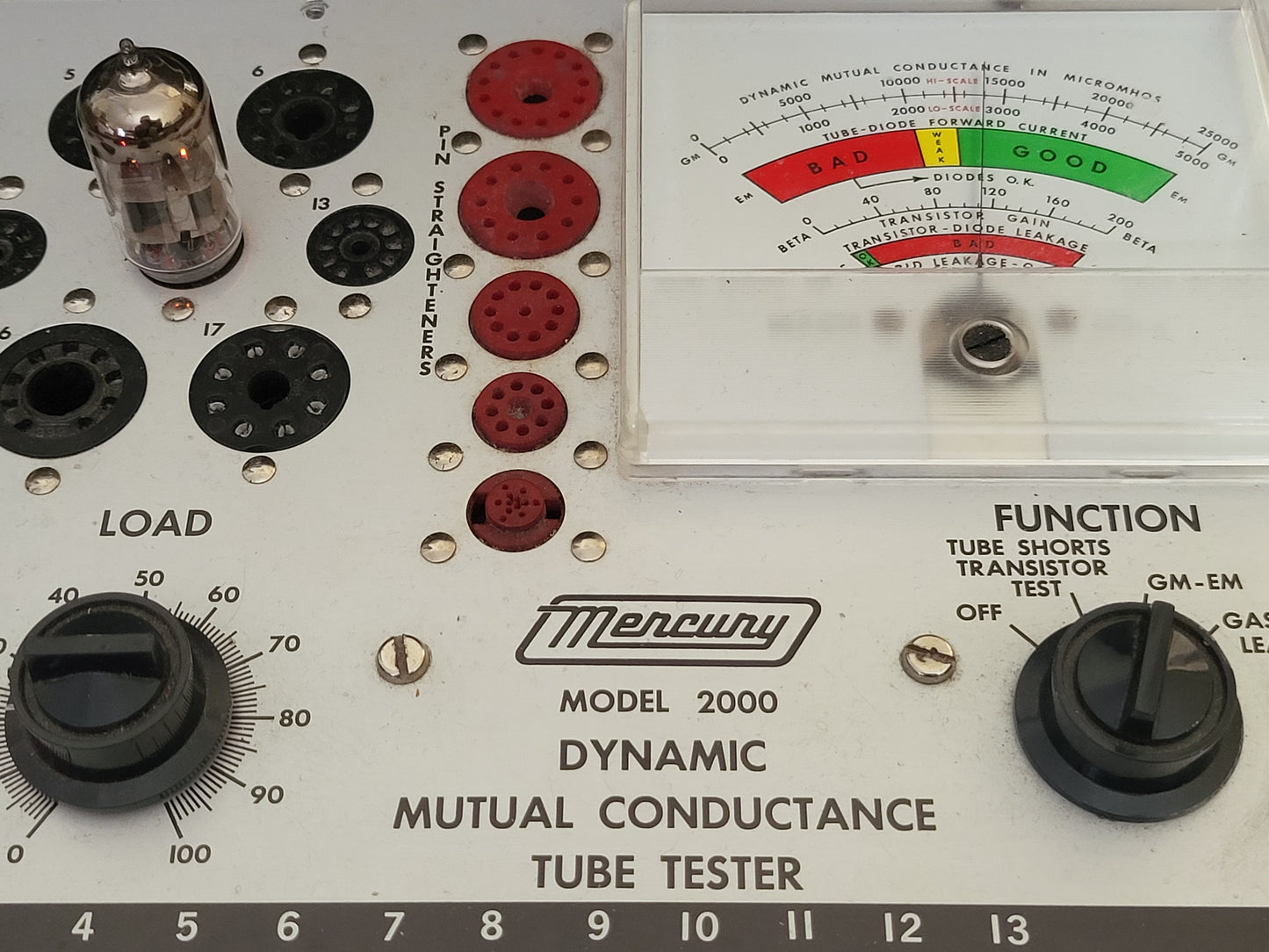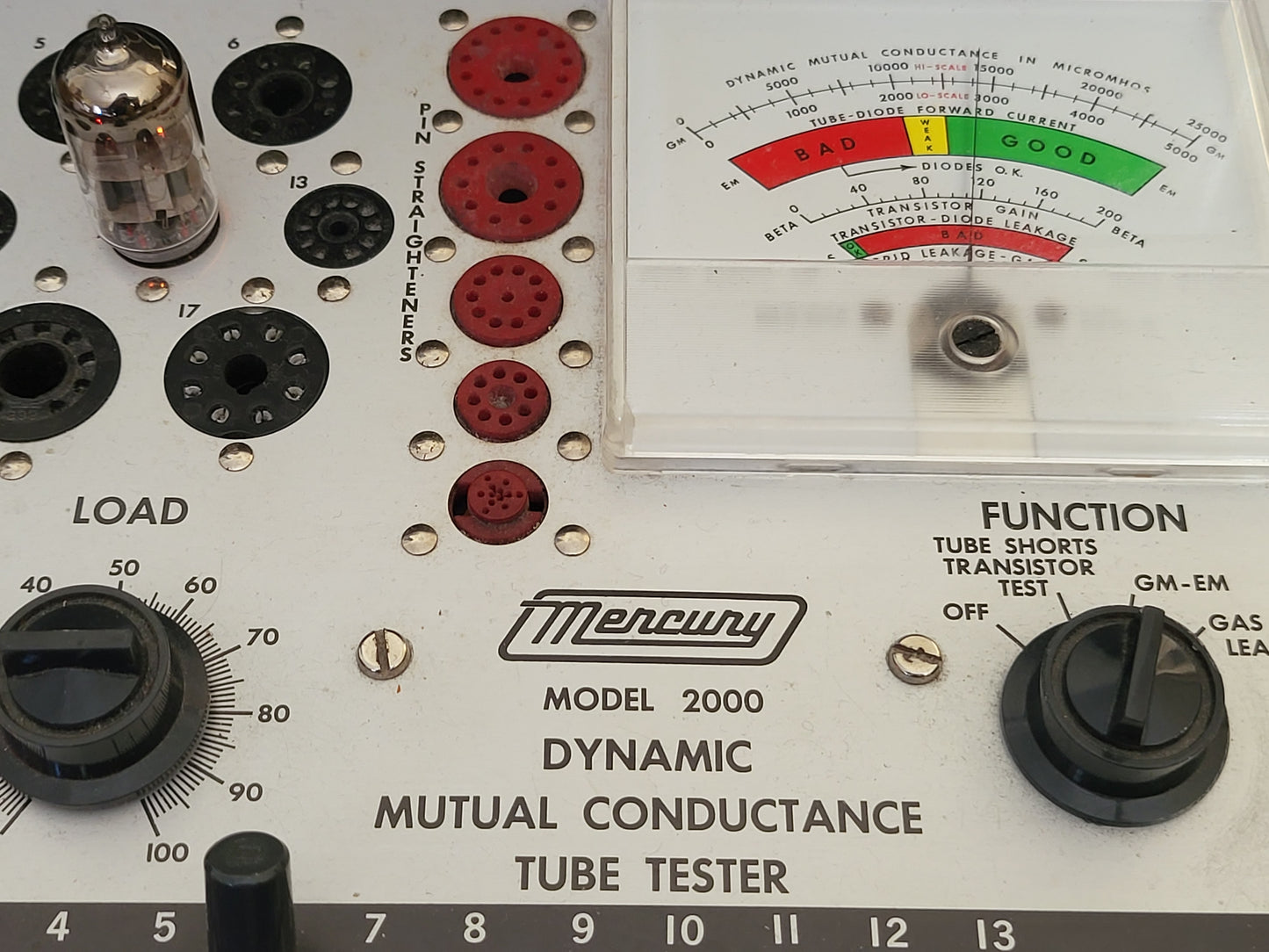1
/
of
15
OTK
Reflektor 6N23P (E88CC/6922 equiv.) SWGP Silver Shield "The Holy Grail" - USSR, 1975 - NOS
Reflektor 6N23P (E88CC/6922 equiv.) SWGP Silver Shield "The Holy Grail" - USSR, 1975 - NOS
No reviews
Regular price
$875.00 USD
Regular price
Sale price
$875.00 USD
Unit price
/
per
Shipping calculated at checkout.
Couldn't load pickup availability
Product Overview
There're two categories of vintage tubes: The Holy Grail and the rest. Inspired by the most brilliant scientific minds of the country, made of the finest material available at the time in USSR and quality controlled according to the highest government standards by the State Control Bureau (OTK), The Holy Grail ('75 Reflektor 6N23P) is the "impossible" tube that was made to be perfect. For its incredible build quality (proprietary Single Wire Getter Post design, minimum15K+ hours of heater life in practice, anti-shock & anti-vibration, extremely low noise) and its unparalleled audio performance, delivered effortlessly with NO bells and whistles (d-getter, 45-deg angled support or wrinkled glass) needed. The Holy Grail stands out as THE top choice for generations of audiophiles seeking the "best" tube - if such a thing does exist - and new generations to come.
Sound Qualities
If Siemens CCa is the winner in sound stage presentation and Telefunken E188CC is the most insightful tube among all, then The Holy Grail has to be the Grandmaster of "Grand Vision." The Holy Grail sound is not about the "local optimality" any more - who owns the bass, who does better at midrange or who resolves the best. It's about how to fit the best of everything into ONE big picture, flawlessly structured and balanced, with endless sonic intricacies arranged in a logical way that can be even understood by someone who listens to tube sound the very first time.
To begin to describe The Holy Grail's grand sound stage presentation, which in layman's term is really "the first impression," we must understand what the "forwardness" means in the tube sound vocabulary. It means literally how close the presentation is to you, but what's often left out of the discussion is the angle from which the sound is pulled towards you. Our intuition of the "best angle" would be from one the front-row seats in the center where the sound is perfectly balanced in every direction and one doesn't have to look up or down to see the performers on the stage. And that's the angle through which The Holy Grails projects the sound stage - it feels infinitely close to you but you also know the distance between you and each of the performers on the stage. Everything feels presented naturally, as the way it should only be, when you hear it from that ONE perfect front-row seat, and you get an extra large imaging with depth - the micro-dynamics in the third dimension that are missing on most of the "the rest" of the tubes.
The Holy Grail's power in resolving details is uncanny - ultra analytical but never clinical and even magical. Unlike the high-end German E188CC tubes that punish low-resolution sound sources, The Holy Grail presents everything in its best form - edginess are smoothened out, brightness gets gently suppressed and distortions are compensated with a newly painted layer of niceties as if they were touched by God's forgiving hands and blessed forever - while it also tells you at the same time with the deepest insightfulness in the world what type of sound source you are actually listening to. If Telefunken E188CC reveals the "undercurrents" in sound details, then The Holy Grail explains you the reason why the "undercurrents" exist and demonstrates the correct way to bring them out to the surface.
If there was one flaw with The Holy Grail, it would be the biggest irony it itself lives in: Reflektor 6N23P is the fastest tube (as in solid state fast) in the world by design and yet time stands still the moment the music is on. BUT is it a real irony or is it because The Holy Grail brings out too much information in sound for us to process in real time?
Professional Sound Evaluation
The pair worked wonderfully and sounded terrific in our professional studio setup for monitoring.
- Input: Cambridge Audio CXC V2 dedicated CD transport + Schiit Audio Bifrost 2 Multibit DAC
- Amplification: Liquid Platinum Tube Amplifier by Alex Cavalli
- Output: Focal Clear MG Pro open-back headphones
Our full tube sound review was written 100% based on the actual listening experience while this pair of tubes were running in the system described above.
Professional Tube Testing
Both tubes tested Strong NOS (110%+ nominal mutual conductance) on a Mercury 2000 tube tester with the following result (mutual conductance in uMhos):
Tube 1: 14,400/13,750 (115%/110%)
Tube 2: 14,000/14,200 (112%/114%)
Good tubes start at 7000 and new tubes (incl. NOS/NIB) 12,500 - 13,000, and the Mercury 2000's rated mutual conductance (nominal) for new tubes is 12,500. Test result can also be seen in the pictures. In case you wonder what all these numbers mean to your sound experience, it's actually quite straightforward: mutual conductance directly translates to a tube's ability to amplify sound so the higher the numbers the stronger. Tubes have no short or gas grid leakage.
Appearance & Cosmetic Condition
Beside the great sound characteristics, we treasure this pair because the pristine condition the two tubes are in - nearly 100% of the paint is intact, and the date codes etched on glass are perfectly visible - well nothing is easier to spot than date codes on Soviet tubes - simply look for the "75" letters on the glass and the Roman numbers before them stand for the months of production.
Share
